Introduction
A Minimum Viable Product (MVP) offers a smart, cost-effective approach to validate your software idea in the market. This method allows you to collect user feedback, helping you focus your resources and time on building features users find valuable.
We've covered various aspects of MVPs, including their development, launch, and different types. However, this article focuses on a critical aspect: MVP testing.
MVP testing brings everything together. The testing methods we'll discuss will help you validate your idea and gather user feedback on your product's usability, functionality, and business model.
Proper testing is crucial for MVP success—without it, creating an MVP loses its purpose
Testing strategies can be simple and budget-friendly (like low-fidelity prototypes and explainer videos) or highly complex (such as functioning single-feature products)
Select your strategy for MVP testing depending on your specific needs, including budget, available resources, and the unique requirements of your main product idea
What Is MVP Testing and Validating?
MVP testing involves bringing your Minimum Viable Product to the real customers and using special methods to collect their feedback and evaluate product viability.
This process differs from market research, which happens before MVP development. During this phase, enterprises and startups that are developing new products can determine if the market finds their offering valuable.
MVP testing helps you answer critical questions about your product. Does it solve an important problem with its core features? Are people willing to buy your solution? These insights guide your product development journey.
Why Is It Important to Test your MVP?
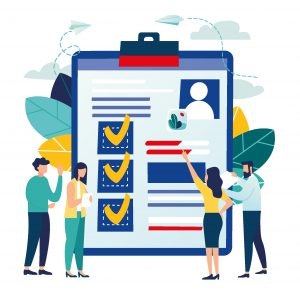
Creating a minimum viable product aims to address the main problems of your target users, conserve resources, and reduce development costs. You've conducted market research, obtained proof of concept, prioritized features, and created a pilot version.
Now, you need to verify:
Your hypotheses were accurate
You're heading in the right direction
Clients appreciate the product
Continuing the project makes sense (as initially planned)
If these points hold true, you should focus on product-market fit, improving your product, and considering startup scaling. These tasks are ongoing as your solution evolves.
Why Should You Test a MVP?
With your brand reputation and money at stake, guesswork isn't advisable. MVP validation helps you:
Reduce the risk of creating unwanted products
Plan MVP development wisely (including post-launch)
Enhance your product to meet user expectations
Identify you need a startup pivot if necessary
Conserve your resources
What is the right time to Conduct an MVP Test?
MVP testing focuses on viability (product traction, user engagement, satisfaction) rather than technical aspects like code quality or QA testing.
You should use some MVP testing methods before launch. Many businesses create buzz around upcoming launches, new features, or full version releases. They use teasers, spread the word, and collect emails to notify the users when their final product becomes available. This approach tests product hypotheses, verifies demand, and allows building in public.
Similar validation techniques work after MVP launch. Companies gain insights into areas needing improvement, user preferences, future directions, and how to build a MVP customers will love.
12 Proven Ways to Test and Validate Your MVP
1. Analyzing the competition
You can create a unique software solution by combining features other existing products. In order to test this approach, survey your target users and have them evaluate your proposed combined solution.
While not a strict MVP test, this method provides a good starting point for validating your solution. It has limitations, as your product will have its own UI and UX to test, but it offers valuable initial insights.
2. Crowdfunding campaigns

Crowdfunding platforms like Indiegogo and Kickstarter offer an alternative to traditional funding methods. These platforms also serve as effective MVP testing grounds.
By presenting a software product prototype on a crowdfunding platform, you can validate your idea and gauge people's willingness to contribute to a product still in development. This approach provides both validation and potential funding.
3. Pre-orders
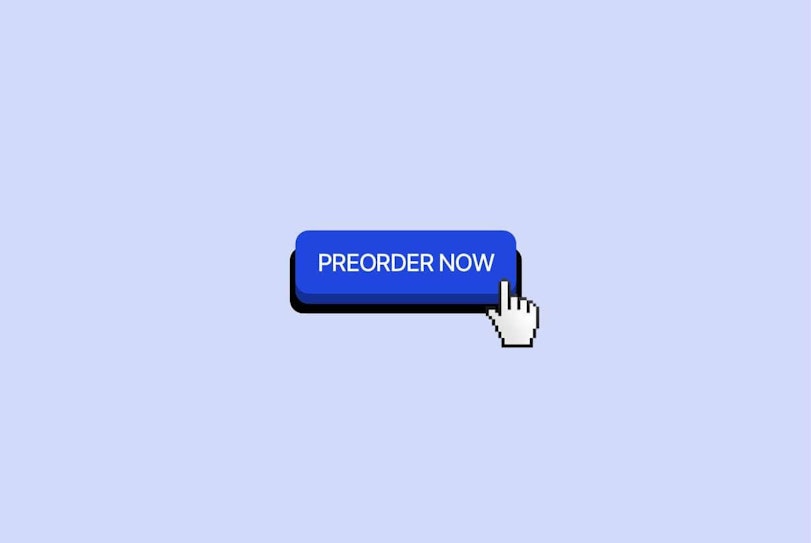
Running ad campaigns to get pre-orders for an upcoming product is an effective MVP testing method. You can use various marketing channels, including Google ads and social media platforms.
Pre-orders offer two key advantages: they provide initial funds and prove people's willingness to pay for your product. However, this strategy can be challenging for unknown startups. Successful pre-orders from an unknown company strongly indicate product viability.
This method often works great for companies that are already well established and have brand recognition.
4. Landing pages

Many businesses use landing page MVPs to generate buzz and build a mailing list of their prospective customers. You can drive traffic to your landing page through various advertising channels. The page should outline every feature of your new product idea.
The response and number of sign-ups help software creators determine if they should proceed with design and development.
5. Split testing
Split testing, or A/B testing, helps you test website or product elements to determine which options gain the most traction. This method works for MVP products and websites but requires a big sample size for valuable insights.
A good sample size in split testing can provide you with statistically significant results. This is important because you want to ensure that your results didn't occur by chance. Higher sample sizes and larger variances between choices increase statistical significance.
6. Ad Campaigns

Effective ad campaigns can effectively validate your MVP. Google, Facebook and other platforms allow you to target specific demographics and customers. This approach helps determine which product features appeal to your desired audience.
Remember, you may not be able to achieve optimal exposure for your new product. However, they're invaluable for testing your hypothesis.
7. Customer interviews
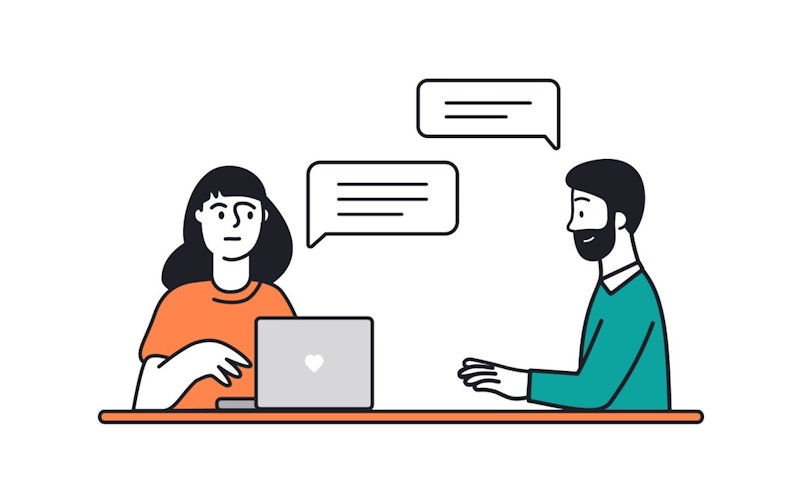
Conducting customer interviews provide rich, actionable information. They offer insights about a MVP that surveys might miss.
These interviews reveal your target audience's problems and if your product can solve them. They also showcase product owner's commitment to improvement.
Customer interviews encourage honest feedback. Unlike online surveys, where customers might sugarcoat their experiences, interviews allow you to focus on the importance of candid responses, even if negative.
8. Explainer videos

Explainer video MVPs effectively showcase and validate product ideas before creating the actual product.
These videos present the product concept, its functionality, and its value proposition. The call-to-action prompts viewers to sign up for updates and future access to the MVP.
You can assess interest based on sign-ups. Dropbox successfully used this method, creating a video to demonstrate its intended functionality when off-site storage was a novel concept for small businesses and individual users.
9. Blogs
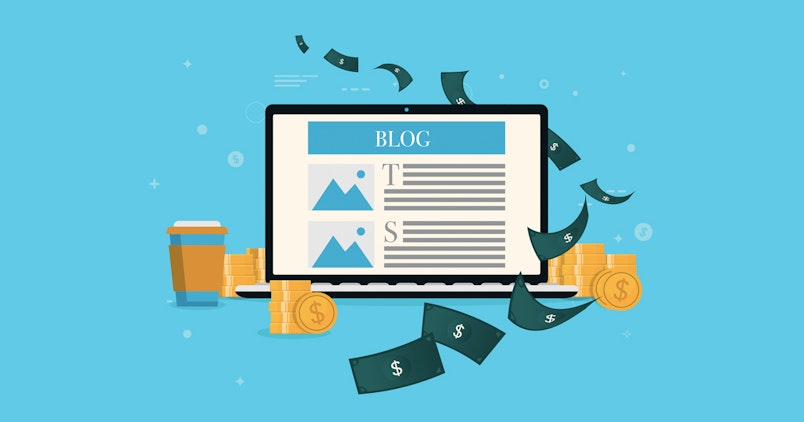
Blogs play a crucial role in MVP validation by fostering open communication between the market and product teams.
They help you validate ideas by targeting your market and gauging responses. This approach can build a community of loyal followers if your content resonates well. Even if it doesn't, you gain valuable insights for future iterations.
10. Social Media & Micro-Surveys
Once you've identified your MVP's target audience, reach them through social media and micro-surveys.
Micro-surveys also address common survey issues like low response rates, survey fatigue, and bias and by focusing on asking the right questions concisely.
11. Emailing

Email serves as an MVP validation method through audience building. The process is straightforward: send emails and track recipient actions using plugins and tools.
Monitor metrics like link clicks and response rates. While this data may seem basic, it quickly proves whether you have an engaged audience.
12. Manual-First MVP
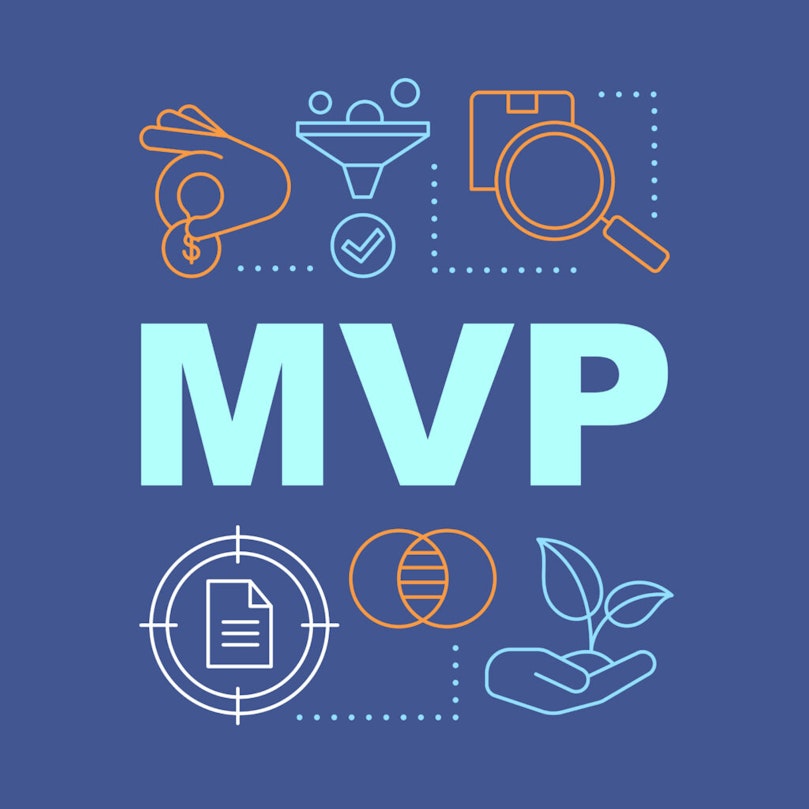
The Manual-First strategy, or Wizard of Oz method, applies the "fake it 'till you make it" principle to MVP validation.
This method creates the illusion of a fully developed service or product while manually handling operations behind the scenes.
Zappos exemplifies this approach. Founder Nick Swinmurn posted images of shoes from his local store to gauge demand . When orders came in, he personally bought the shoes from stores and shipped them to customers, all before establishing any infrastructure.
Conclusion
MVP testing and validation form the backbone of successful product development. These methods help you refine your ideas, minimize risks, and create products that truly resonate with your target audience. By implementing these proven strategies, you'll gain valuable insights to guide your development process and increase your chances of market success.
Remember, the key to effective MVP testing lies in choosing the right methods for your exact needs and consistently gathering and analyzing user feedback. This iterative process allows you to make data-driven decisions and continuously improve your product.
Ready to take your MVP to the next level?
Our AI Design agency specializes in crafting user-centric, AI-powered solutions that drive engagement and deliver results. We'll help you navigate the MVP testing and validation process, ensuring your product meets user needs and stands out in the market. Contact us today to learn how we can transform your MVP into a product users love.
FAQ’s
1. How long should you test an MVP?
Aim to test your MVP within two weeks. Speed is crucial here. You want to get your product to market quickly and start learning from real users. Remember, an MVP is about getting feedback fast, not perfection.
2. What are the stages of creating an MVP?
Creating an MVP involves six key steps: 1. Research your market thoroughly 2. Figure out how your product adds value 3. Map out how users will interact with your product 4. Choose the most important features to include 5. Launch your MVP 6. Use the "Build, Measure, Learn" cycle to improve
3. What is MVP concept testing?
MVP concept testing is all about validating your core features. You're checking if the most important parts of your app work well and actually help your users. It's like a reality check for your product idea.
4. How do you measure an MVP's success?
To measure your MVP's success, combine customer feedback with hard data. Look at what users say and how they actually use your product. But remember, gathering this information is pointless if you don't act on it. Always be ready to make changes based on what you learn.
5. What makes a good MVP?
A good MVP is small, fast, and cheap to produce. It shouldn't cause major problems if it doesn't work out. The goal is to test if your idea works at a larger scale. Think of it as a mini-version of your full product that helps you learn without breaking the bank.




